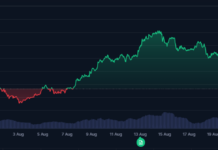Here’s the content of the “Trên Ghế 172” program broadcast on HTV9 on September 18th.

The Ministry of Construction has proposed a target for the average fuel consumption of all passenger cars in Vietnam to be 4.83 liters per 100 km by 2030. This proposal has immediately garnered significant attention from consumers.
Below is a discussion between host Đăng Việt and journalist Nguyễn Thúc Hoàng Linh on this topic.
First question: What is your opinion on the Ministry of Construction’s proposal?
Before discussing whether this number is high or low, we need to understand what 4.83 liters per 100 km means. According to published data, this is the average fuel consumption that a manufacturer in Vietnam must achieve across their entire product range. This does not mean that each individual car sold must be below 4.83 liters per 100 km, but rather the average of all vehicles. Many countries have adopted similar criteria to encourage emission reduction.
I believe that when the government agency announced the figure of 4.83, it was certainly based on data and their own goals. However, the important thing is that we must understand its meaning and then look at the market. Currently, we have both electric vehicles and high-displacement gasoline vehicles. Therefore, manufacturers will have to significantly adjust their product portfolios to meet this criterion if it is implemented.

Which car manufacturers do you think can meet this target, and which ones will face difficulties if this proposal becomes a reality?
I believe manufacturers with a high proportion of electric vehicles, or those that only sell electric vehicles, will have an advantage. Additionally, large manufacturers like Toyota, Honda, or Mercedes-Benz will also adapt easily due to their diverse product ranges.
Smaller manufacturers, or those specializing in high-displacement vehicles or supercars, will face more challenges. For them, there are two scenarios: either they will have to pay environmental taxes/fees, or they will be forced to stop selling.
Each manufacturer will have its own advantages and challenges, but in terms of feasibility, the major players will undoubtedly have a much easier time transitioning.
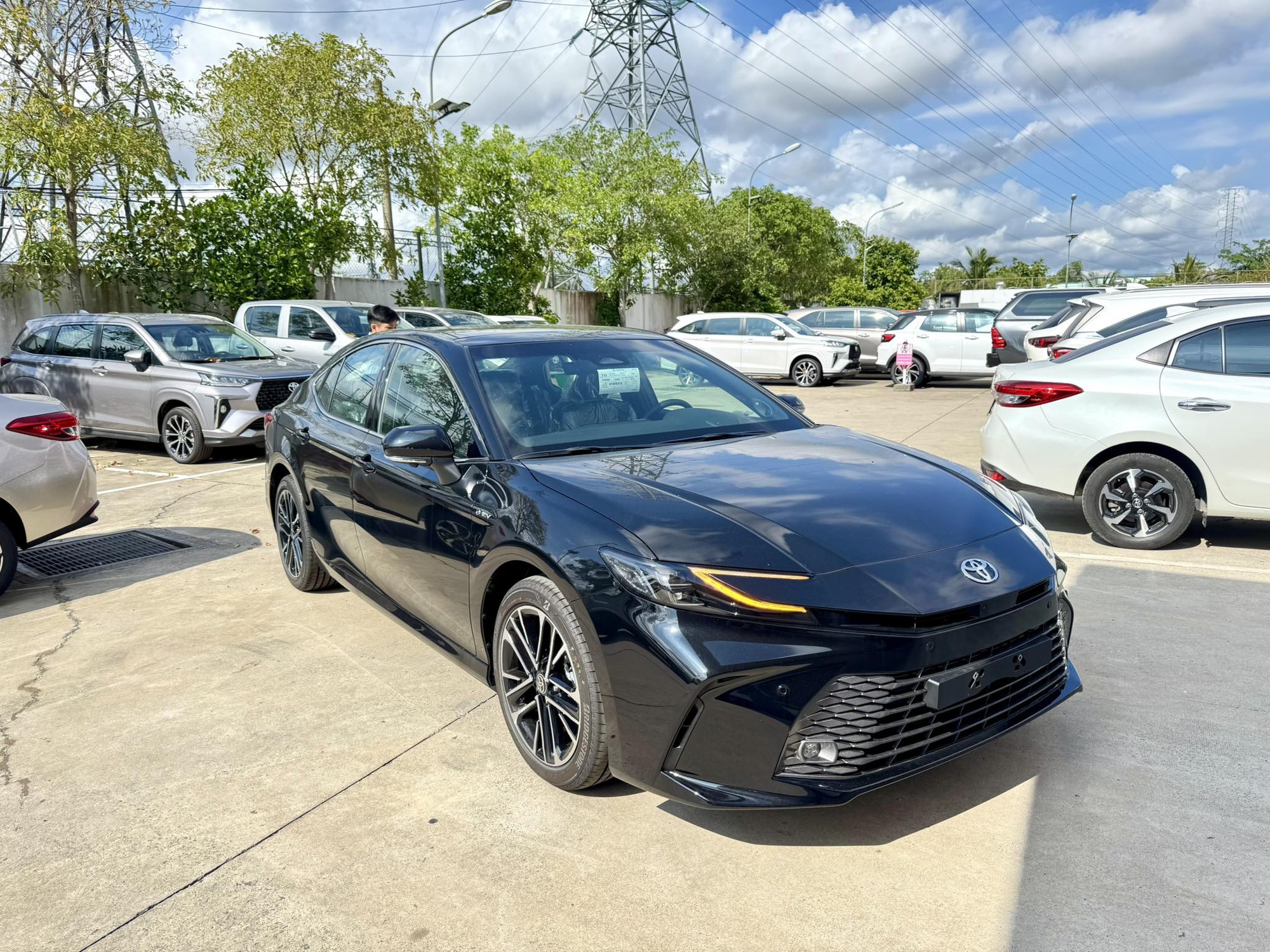
Toyota has a wide range of products. Photo: Dealer
What about vehicles that only sell supercars or luxury cars, or models that consume a lot of fuel? What impact will this have on them?
Not just in Vietnam, supercar manufacturers may face similar issues in other countries. In this regard, I believe there are only two scenarios: One, manufacturers will have to bear additional environmental taxes and fees. Two, they will be forced to stop selling, as many countries have already banned high-emission supercars to reduce emissions.
This entirely depends on the will of the Vietnamese government and regulatory agencies. Since the overall goal is to reduce emissions, there will be no exceptions that go against this objective. In some special cases, we will have to wait for detailed regulations to be implemented and officially announced before we can know for sure.
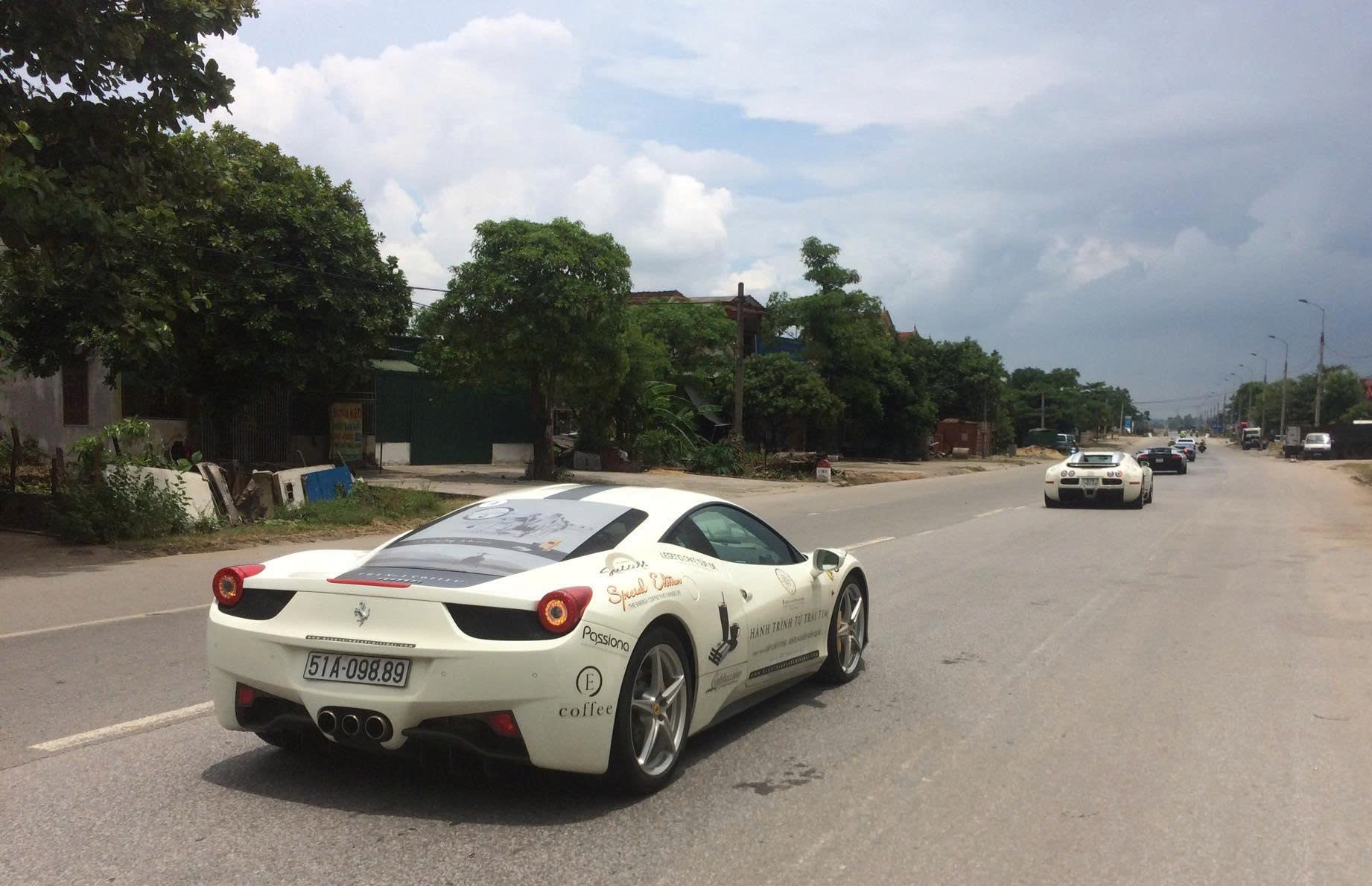
Supercars are vehicles with high fuel consumption.
What is the basis for the 4.83 liters per 100 km figure?
This figure may be based on registration data, similar to the current energy labeling system. These numbers are not taken from what the car manufacturers declare.
Additionally, while electric vehicles have the advantage of not emitting at the point of use, the carbon emissions from electricity generation must still be considered. The question is whether regulatory agencies will factor this into their calculations and how they will accurately assess the emissions of these vehicles.
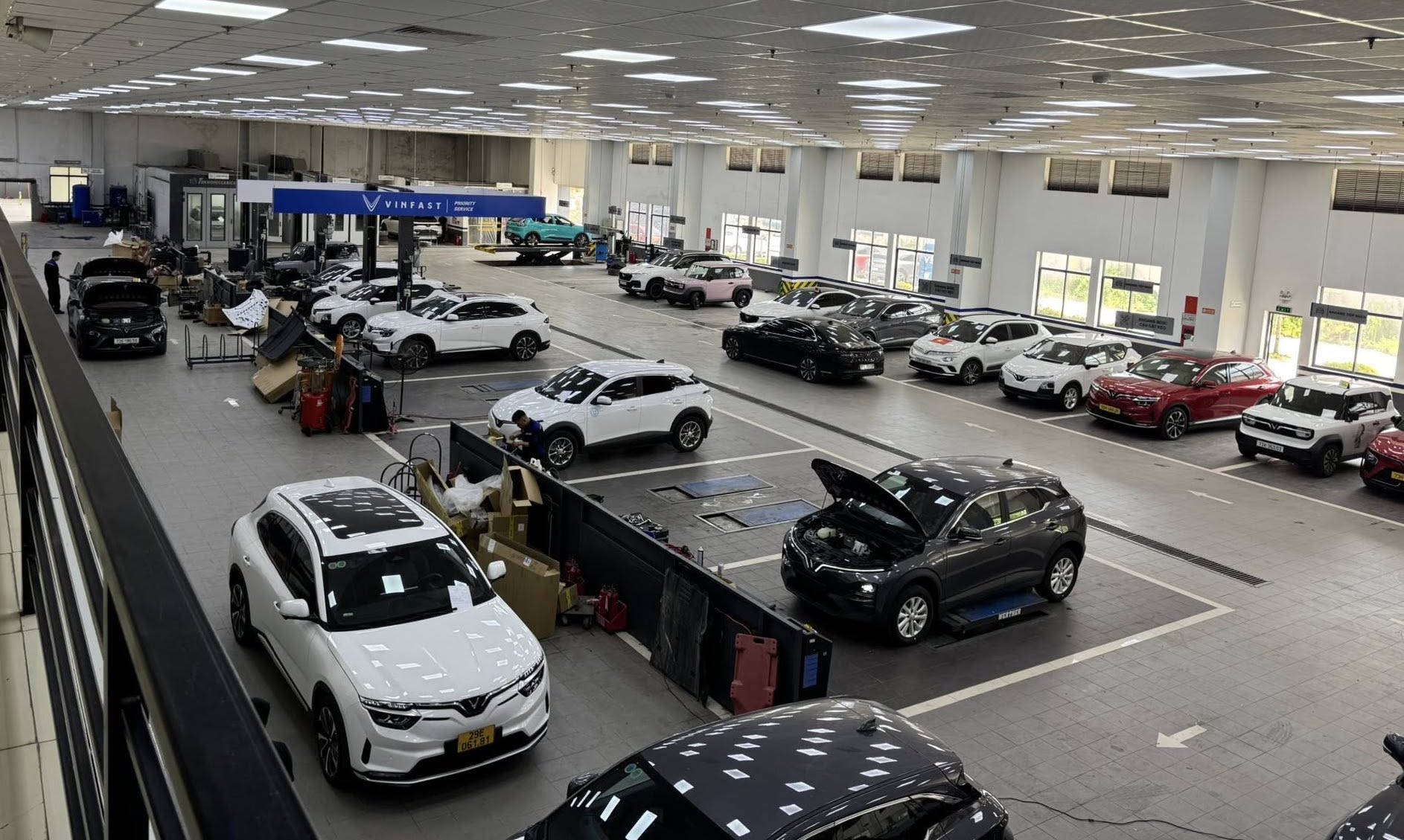
An electric vehicle service workshop in Vietnam. Photo: Dealer
I believe every proposal needs time to be implemented. What is your assessment of the feasibility of this proposal?
Personally, I believe this proposal is entirely feasible in terms of implementation between manufacturers and the government. However, the specific process and figures still require much discussion.
The overall goal, as mentioned, is to reduce emissions. Each manufacturer must contribute in their own way. In other countries, manufacturers that do not have any models meeting the standards often have to pay fees to purchase carbon credits or apply other offset measures. If Vietnam implements this mechanism, it will undoubtedly take a lot of time.
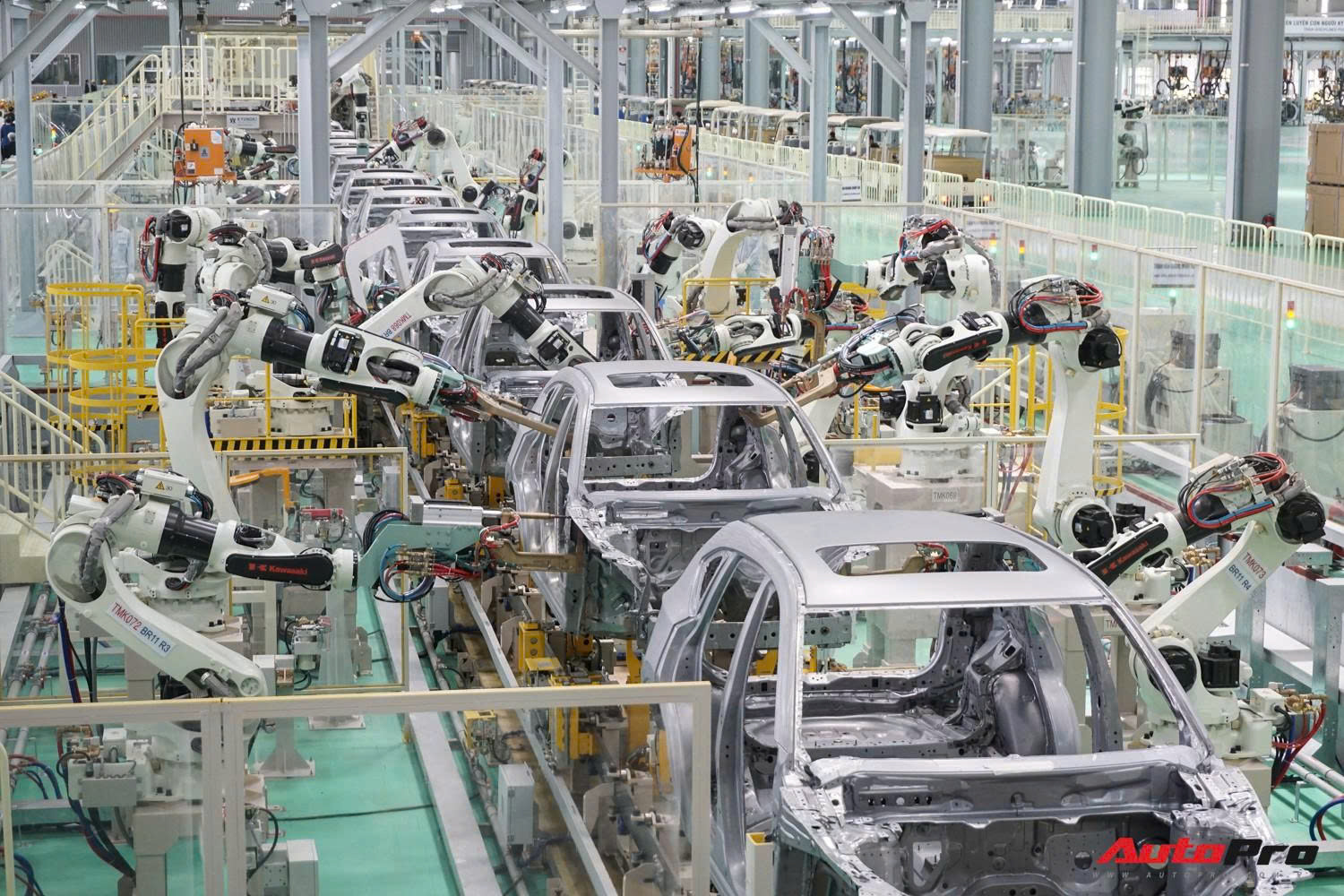
If the 4.83 liters per 100 km fuel consumption target is implemented, vehicle manufacturing plants in Vietnam will have to adjust. Photo: AP Team
One important point to note is that in Vietnam, most car manufacturers only have assembly plants or act as distributors, rather than controlling the supply chain or developing new models like in major markets. Therefore, any changes must consider the impact on plant operations and foreign investment. In countries like the US, Germany, China, or Japan, adjusting standards often means manufacturers can invest in developing new products and changing vehicle structures. However, in Vietnam, this capability is very limited.
For example, if a domestically assembled model no longer meets the standards, the entire production line may need to change, which could affect labor and the economy. This is a negative impact that needs careful consideration.
Finally, caution is needed when introducing new regulations, as some manufacturers may find ways to circumvent the rules to maintain their products.
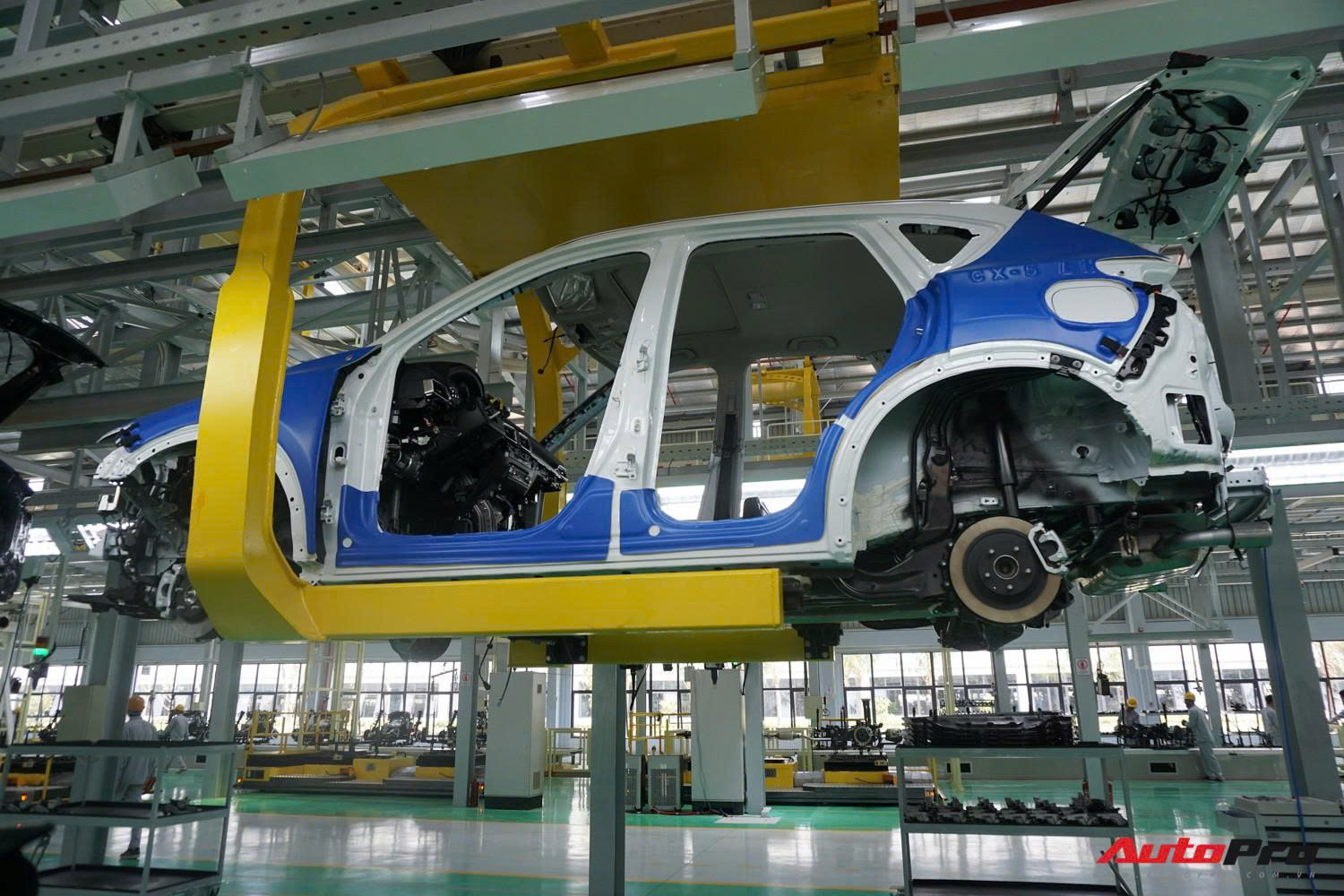
A Japanese car model assembled in Vietnam. Photo: AP Team
Regarding this issue, there are two groups of “Trên Ghế” viewers who are very interested: ordinary citizens, i.e., direct consumers, and sales consultants, who are closely following how this will affect their work, income, and even their career prospects.
If you had to give advice to these two groups, what would you say?
Basically, if there are difficulties, they will be shared by everyone. Certainly, the implementation of this proposal will create market disparities: some manufacturers will benefit, while others will face challenges. This is unavoidable.
As a result, the average car price is likely to rise. Because, if calculated mechanically, very few models currently have fuel consumption below 4.83 liters per 100 km, especially in urban driving. Even hybrid vehicles, when driving on highways at around 80 km/h, often exceed this figure. Therefore, some models will have to increase in price or even stop being sold—this is entirely predictable. However, according to the law of supply and demand, the market will self-adjust to the new trend if this policy is truly implemented.
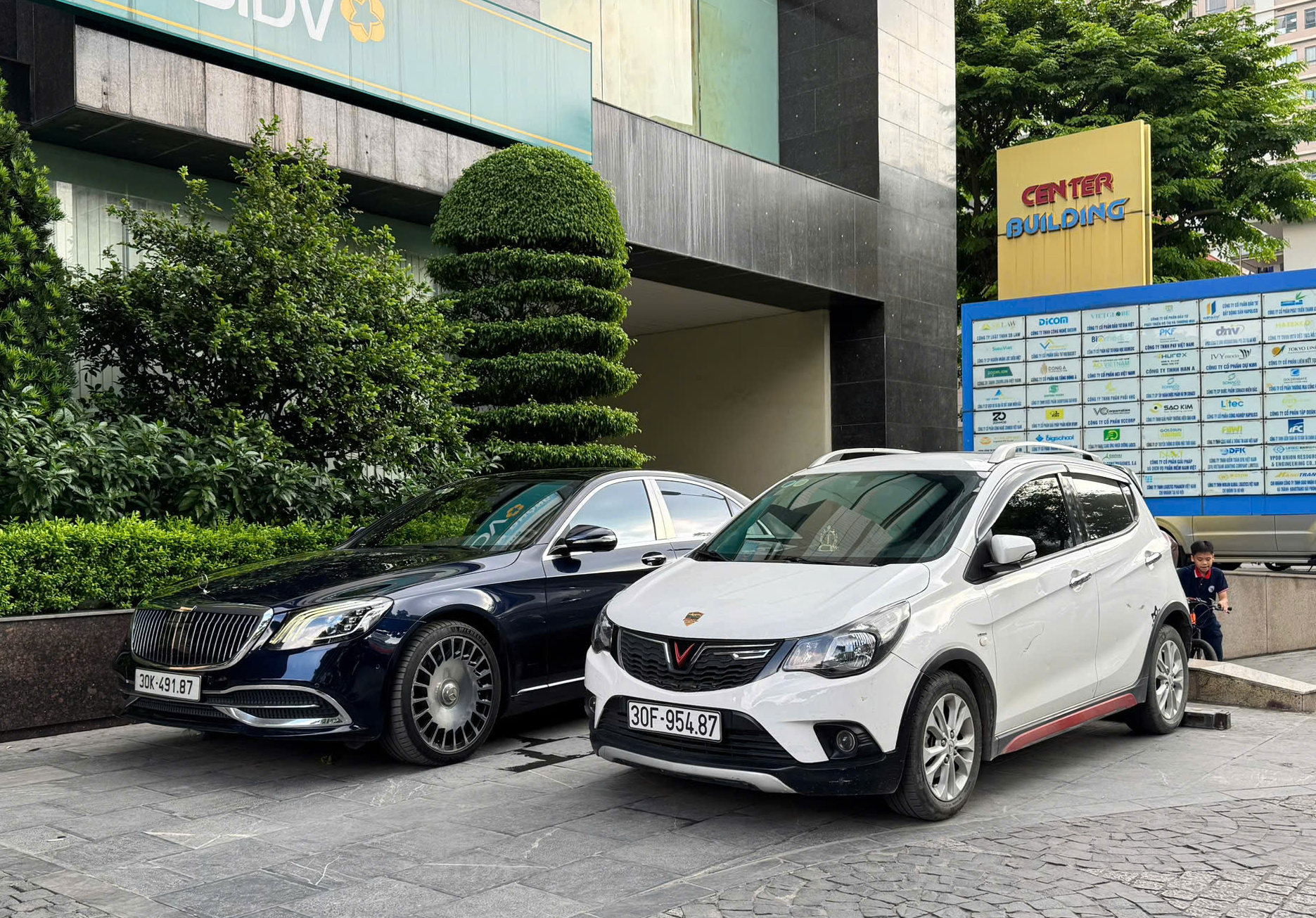
The car market will see many changes if the Ministry of Construction’s proposal is implemented.
For those in the industry, including sales consultants and media professionals, it is essential to stay informed, follow reliable sources, and study new regulations carefully to make informed decisions. Simultaneously, during the implementation phase, the media and government agencies need to provide clear information to avoid creating panic, which could affect consumer decisions and the operations of car manufacturers.

Regarding the Ministry of Construction’s proposal, we have received many comments from viewers. What is your response, Mr. Linh?
First comment: “Now cars will all be 1.0 or 1.2, or hybrid.”
This is also an approach. Japan has the K-Car line with engines of 1.0L or smaller. We have other solutions like hybrids, which are also trending towards reducing fuel consumption. However, not all car manufacturers will go this route; each will have its own strategy to overcome and solve this problem.
Second comment: “Now if this proposal is implemented, the only way is to attach a generator to charge the battery for electric cars like the Nissan Kicks.”
This is also an interesting and entirely feasible approach.
However, it’s important to note that the 4.83 liters per 100 km policy will come with a “no emissions at the point of use” requirement, especially in major cities. Therefore, whether it’s attaching a generator, using hybrids, PHEVs, or pure electric vehicles, all will be measured on the same scale. The most important thing is what the policy aims to achieve, and the technology manufacturers use will depend entirely on their expertise.
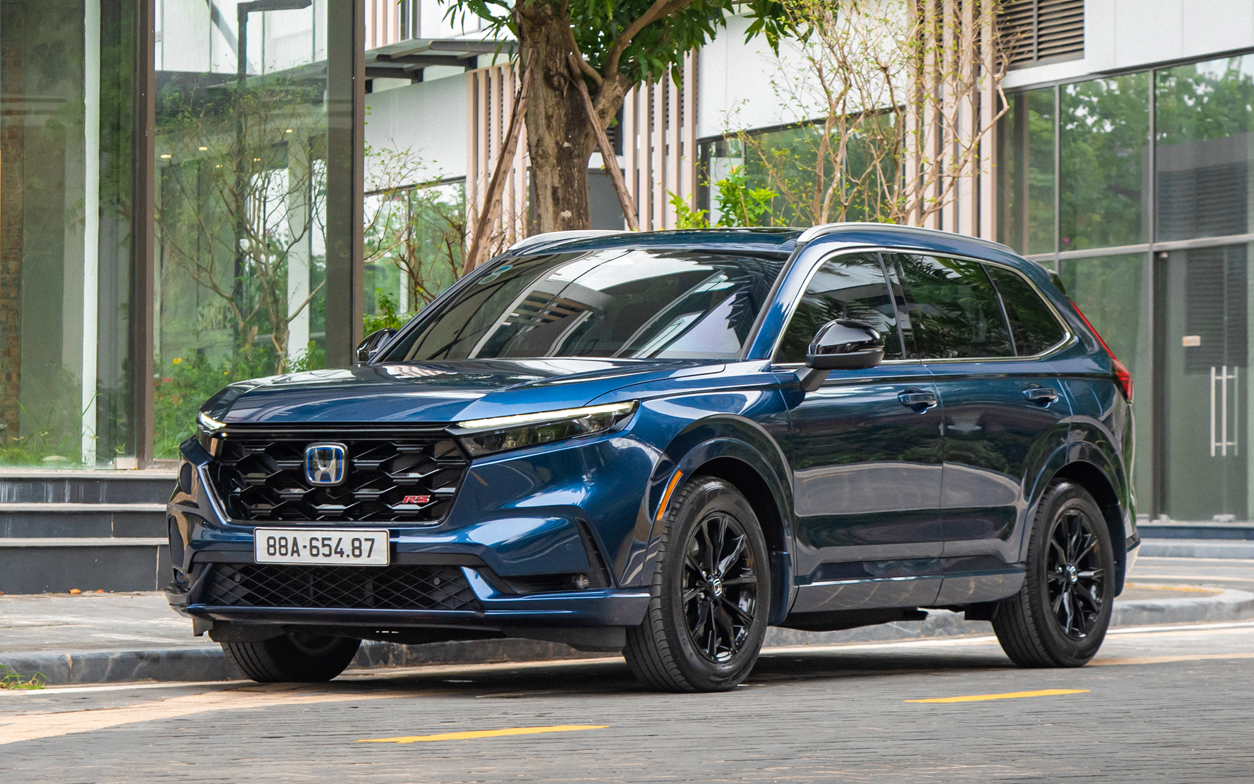
The Honda CR-V e:HEV RS uses a hybrid engine. Photo: AP Team
For example, Mazda specializes in internal combustion engines and rarely uses hybrids. Yet, they still exist and sell well in many demanding markets, even though their products are sometimes criticized for lacking excitement.
Conversely, there are manufacturers without a strong foundation, especially Chinese ones, that have quickly shifted to electric vehicles. There are also comprehensive manufacturers that produce hybrids, pure electric vehicles, and even pursue hydrogen technology.
Next comment: “I’m afraid that by then, if your car consumes more fuel, you’ll have to buy carbon credits yourself.”
This is highly unlikely.
Consumers already pay various fees to operate a car, and buying fuel already includes environmental fees. If there are changes, I believe fuel prices might rise slightly, or there might be a mandatory switch to cleaner fuels like E10.
As for requiring individuals to buy carbon credits, I haven’t seen any country implement this.
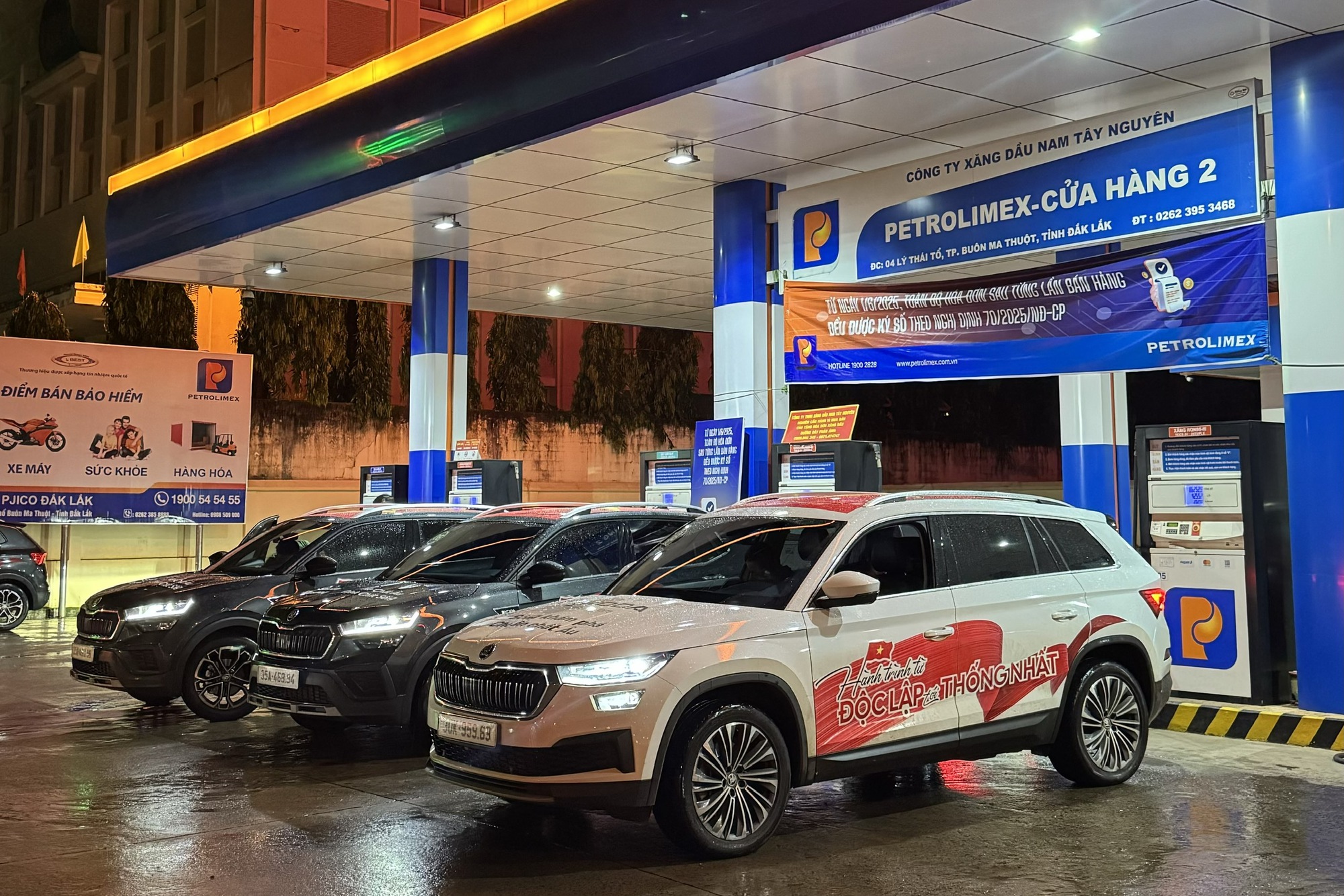
Fuel prices may change if the 4.83 liters per 100 km target is implemented.
Next comment: “What is the basis for the 4.83 liters per 100 km figure? Is there any technical evidence to support this figure as feasible, or is it just an arbitrary number, given that even some hybrid vehicles from leading global car manufacturers do not meet this figure?”
I notice this commenter is misunderstanding. The 4.83 liters per 100 km figure applies to the average of all models from a manufacturer, not to each individual model.
Secondly, when the policy is specifically implemented, the relevant agencies will clearly announce the evaluation process. Manufacturers themselves also understand this to comply.
Next comment: “That’s good. So, manufacturers will bring more advanced emission-control technologies to Vietnam,” what do you think?
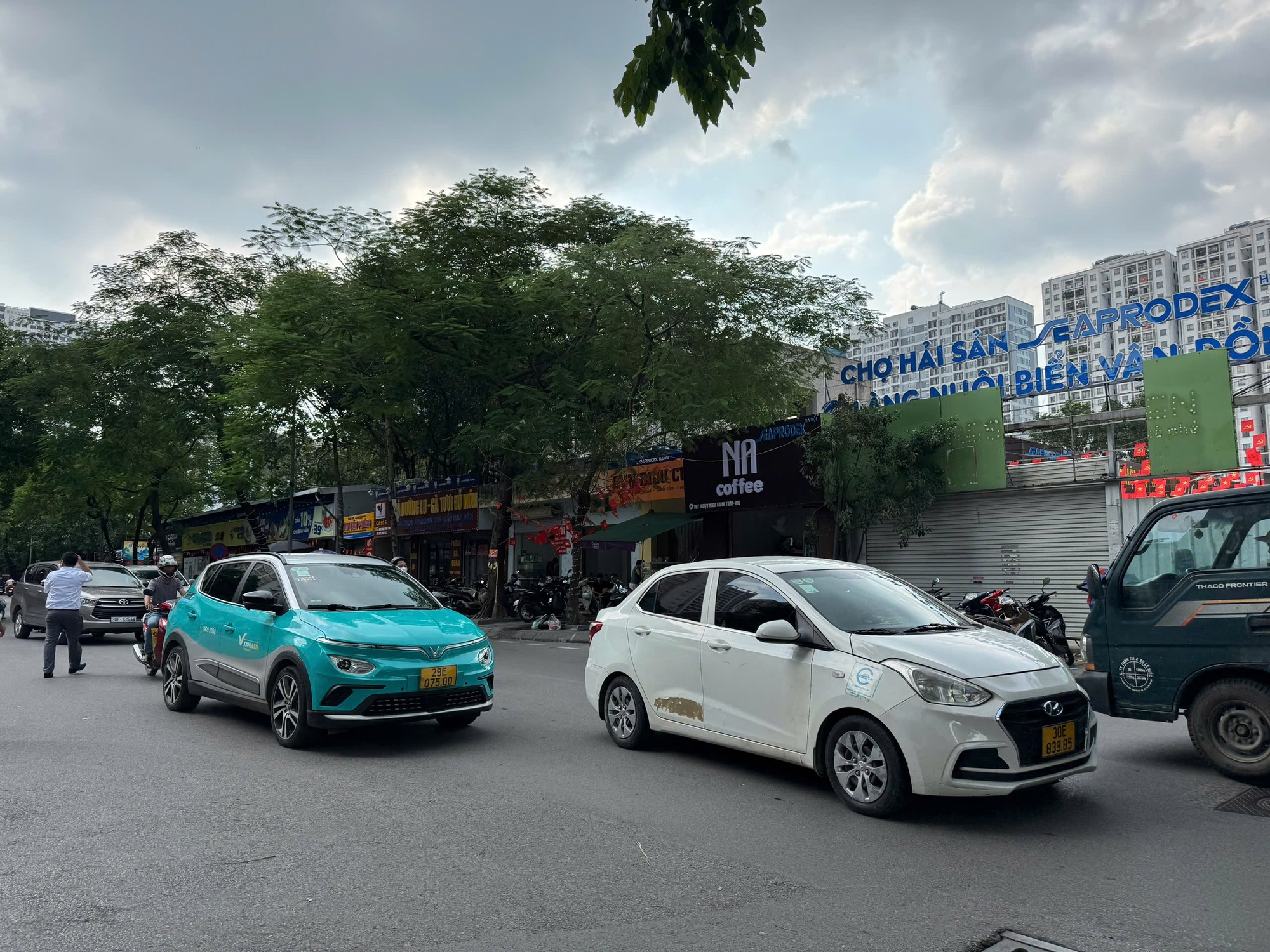
The Vietnamese market currently has many gasoline and electric vehicle models.
Introducing a more advanced vehicle line is not difficult; it depends on whether Vietnamese consumers will accept it. Because these models will be more expensive, more prone to breakdowns, and more complex to repair.
Final comment: “Great, but I’m only worried that Japanese manufacturers will falsify data again, as there is a precedent for this.”
In reality, previous incidents were mainly due to errors in the testing process, not changes in vehicle quality. When entering a specific market, vehicle models are always adjusted to meet that market’s standards. In Vietnam, the responsibility lies with the Registration Department to ensure the quality of vehicles in circulation.
Thank you very much, Mr. Linh, for your insights.
The program Trên Ghế is a collaboration between Ho Chi Minh City Television Station and VCCorp; produced by AutoPro; and commercially exploited by AdWheel.
The program is broadcast on HTV9 at 18:10 from Monday to Saturday and rebroadcast at 20:00 on VCCorp’s multi-platform.
France’s Ambassador Highlights Three Key Factors Positioning Vietnam as Southeast Asia’s Emerging Financial Hub
With its dynamic economy, Vietnam is poised to seize a unique opportunity by establishing international financial hubs in Ho Chi Minh City and Da Nang, according to the French Ambassador to Vietnam.
























